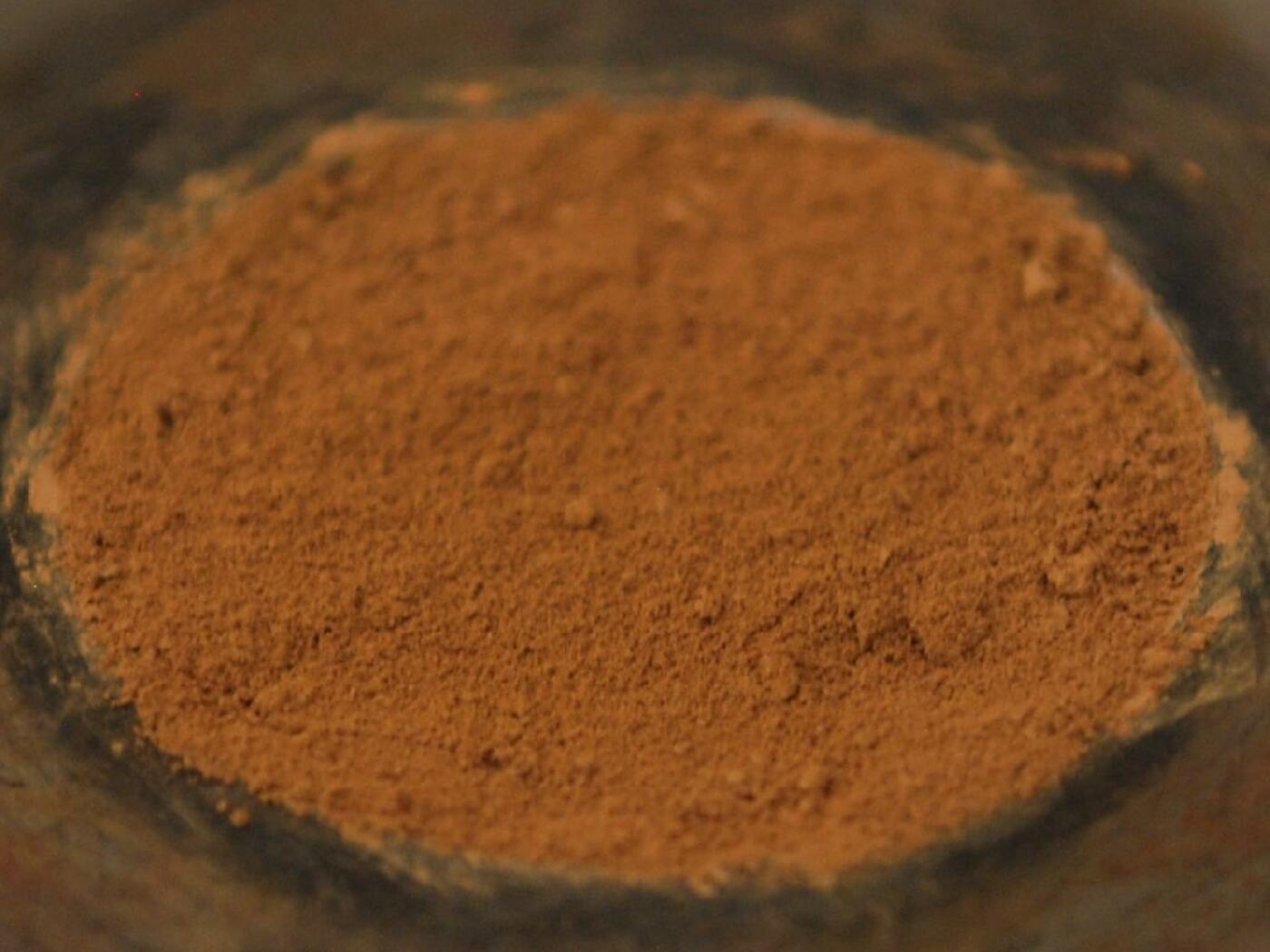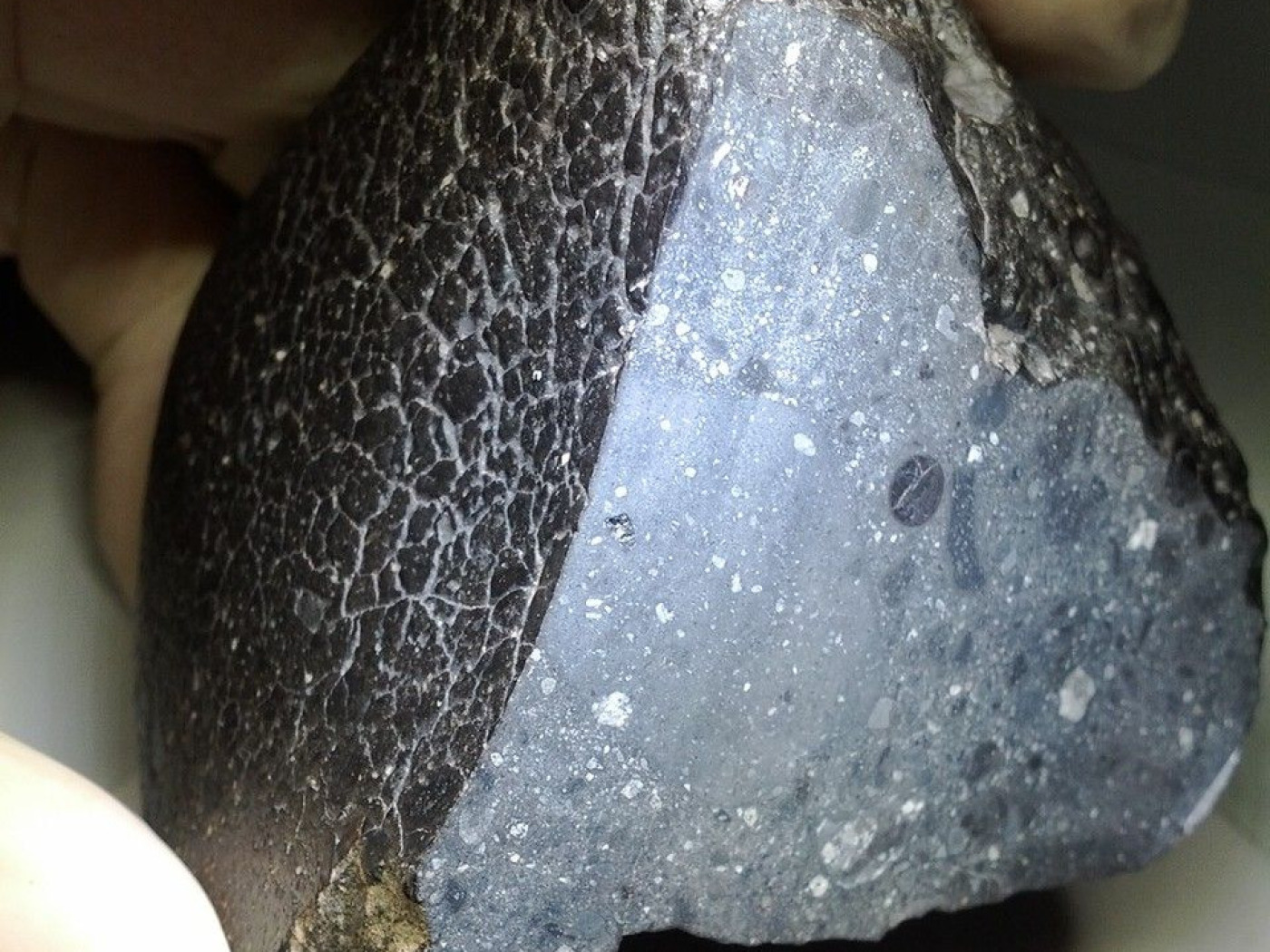
Mystery of red Martian dust solved by Swiss researchers

Swiss researchers believe that Mars' red colour was caused by the planet surface rusting - which indicates the presence of water during an earlier period.
+Get the most important news from Switzerland in your inbox
According to a study by the University of Bern, the rust on the red planet probably has a wetter past than previously thought.
The discovery has implications for the question of whether life ever existed on Mars. An international research team led by the University of Bern identified the iron mineral ferrihydrite as the cause of the red Martian dust, according to a study published on Tuesday in the journal Nature Communications.
Ferrihydrite forms in the presence of water. “The result shows that Mars rusted when there was plenty of liquid water on the planet,” lead author Adomas Valantinas told the Keystone-SDA news agency.
This suggests that liquid water may have been more widespread on the planet in the past than previously thought. “This is an essential prerequisite for life,” Valantinas continued.

More
First traces of water on Mars dated back to 4.45 billion years ago
Translated from German with DeepL/mga
This news story has been written and carefully fact-checked by an external editorial team. At SWI swissinfo.ch we select the most relevant news for an international audience and use automatic translation tools such as DeepL to translate it into English. Providing you with automatically translated news gives us the time to write more in-depth articles.
If you want to know more about how we work, have a look here, if you want to learn more about how we use technology, click here, and if you have feedback on this news story please write to english@swissinfo.ch.

In compliance with the JTI standards
More: SWI swissinfo.ch certified by the Journalism Trust Initiative































You can find an overview of ongoing debates with our journalists here . Please join us!
If you want to start a conversation about a topic raised in this article or want to report factual errors, email us at english@swissinfo.ch.